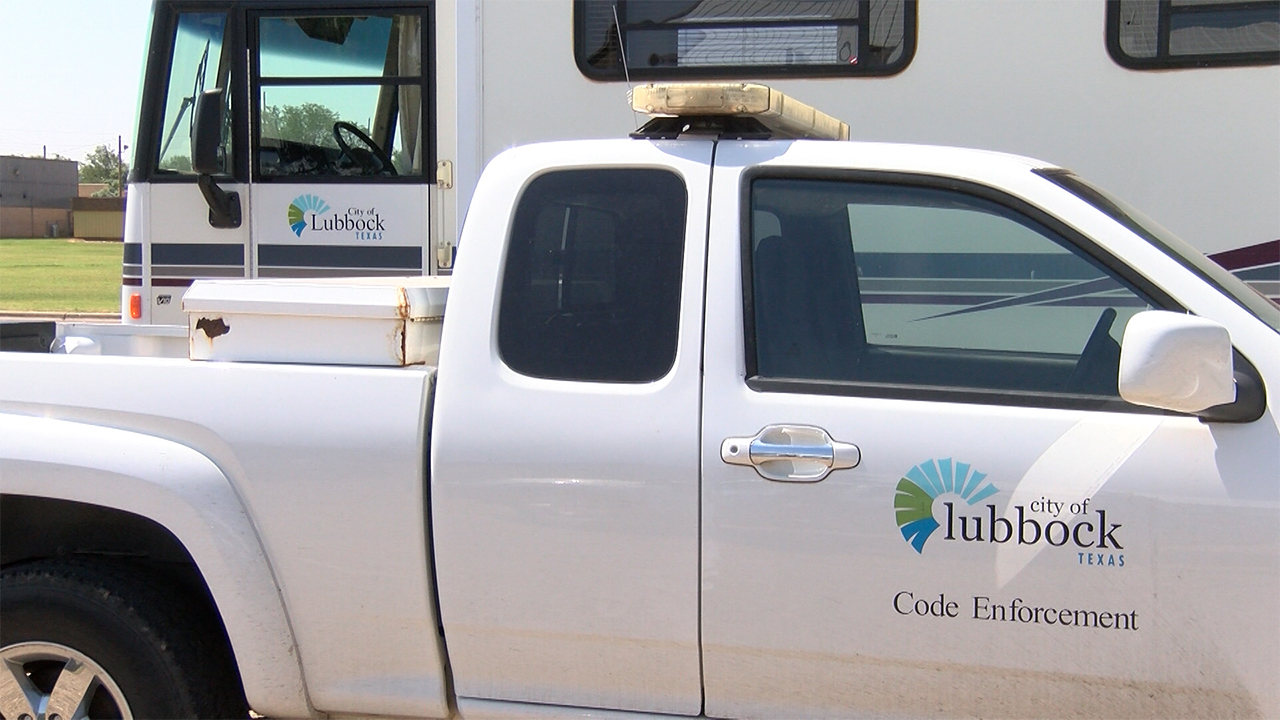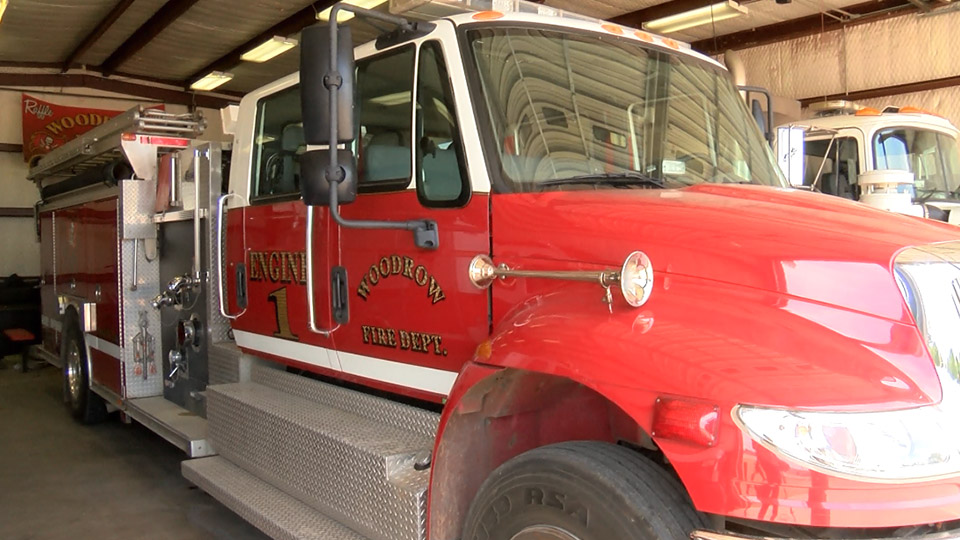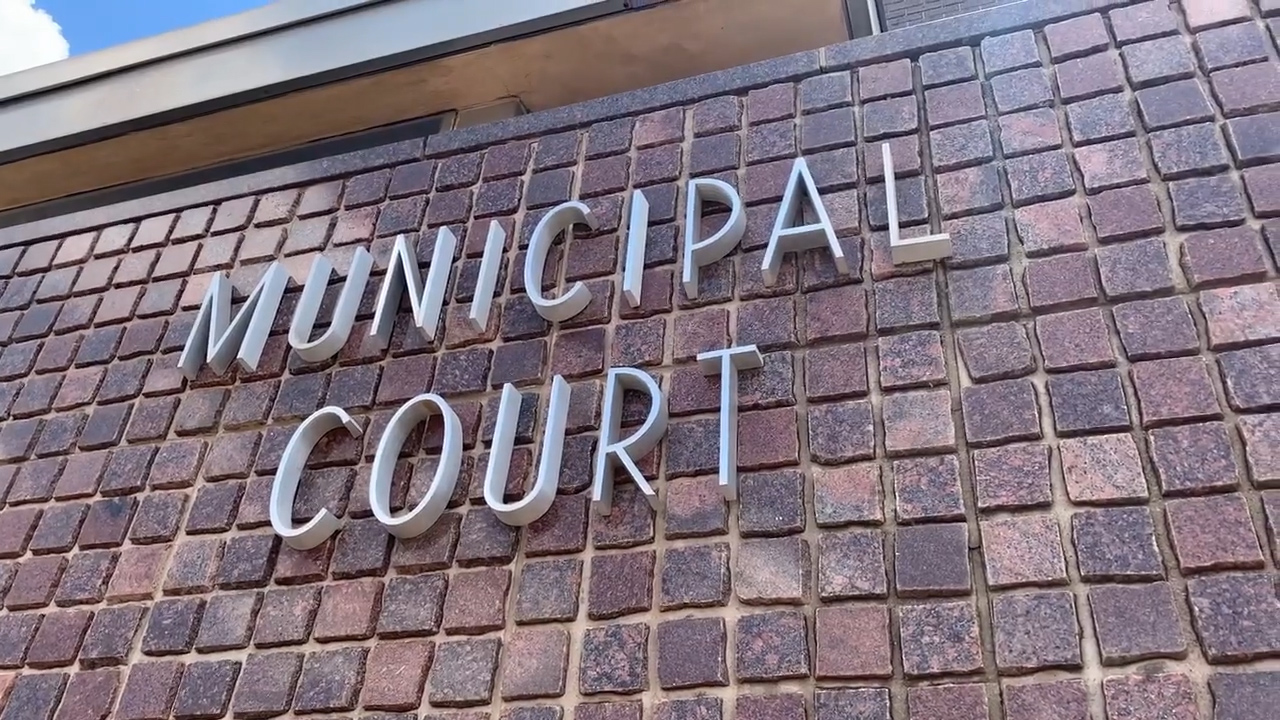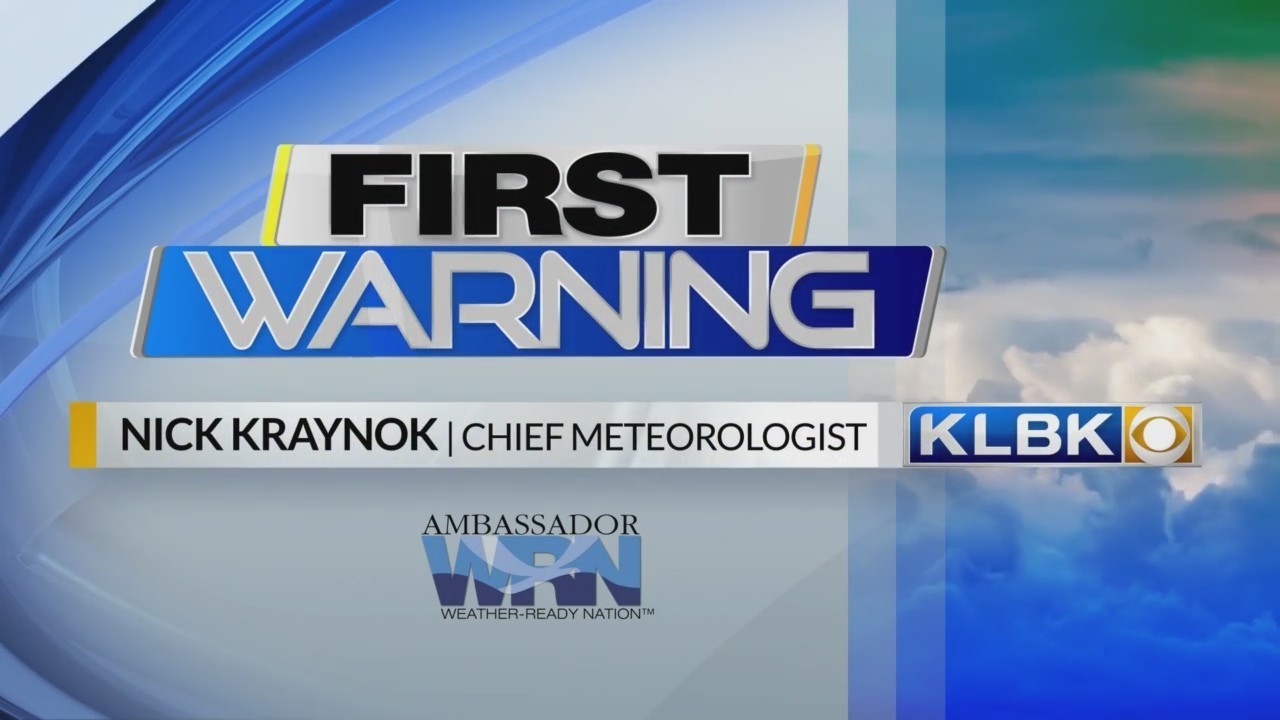Farmers like Ryan Farnau of F-Stop Farm are always trying to find the latest technologies to conserve water.
“We’re trying to catch between two to four thousand gallons of rain every time we get a rain event, from our residents and from the roof,” Farnau said.
Swales, which help capture and store water on farms — as well as berms, which help direct water to the swales — are methods used to save water. Rain catchment and soil health can help control water use.
“The healthier your soil is, the less water you need,” Farnau said.
A report by the Texas Living Waters Project says with the state fluctuating between severe rainfall and drought, effective water use is crucial.
“Reducing water withdrawals for landscape watering will leave more water flowing in Texas’ rivers and into Texas bays,” the report says.
Jennifer Walker, senior program manager of water programs at the National Wildlife Federation, says one policy change she hopes will happen across the state is a limitation where Texans can’t water their lawns more than twice a week.
“Many cities have already done this – Dallas, Fort Worth, Frisco, Lubbock,” she said. “Austin has no more than one time a week watering.”
Drema Gross, water conservation manager for Austin Water, says per capita water use in the city has decreased significantly since its peak of 190 gallons per person, per day in 2006, to as low as 122 in 2015.
“It’s difficult to attribute savings to restrictions alone because Austin’s conservation programs are broader than just watering restrictions, including efficiency standards for plumbing fixtures, irrigation design, cooling towers and more, as well as extensive communication programs, reclaimed water systems, rebates and conservation pricing,” Gross said in an emailed statement. “However, we do believe that watering restrictions and the cooperation of our customers adhering to them have played a key part in our success at reducing per-capita water use by over a third in the past decade.”
It’s not only limited to outdoor watering. Walker says indoor water use is just as important.
“We’ll also have enough water left over for our basin estuaries to support fish and wildlife habitat, which is really important because there’s a limited amount of water in the state,” she said. “We’re not getting any more.”
Ben McConnell, the owner of Bouldin Food Forest, is constantly checking for the latest weather updates. McConnell and Farnau both provide produce at the Texas Farmers’ Market and restaurants.
“To say I’m obsessed about the weather would be an understatement,” he said.
But it’s needed to figure out what his farm in Rogers needs.
“The biggest challenge is lack of rain for sure, combined with the wind,” he said. “It makes it challenging.”
Both Farnau and McConnell are waiting to see what changes in Central Texas’ weather and are hoping for a good amount of rain.
In the Panhandle, farmers have worked to limit their use of irrigation water as well, through reduced planting rates and changing crop types. They’ve also begun planting less per acre. C.E. Williams, general manager of the Panhandle Groundwater Conservation District, says the drought over the last six months in their region have been the toughest. He’s hoping these efforts will prevent their aquifers from running extra low.
“It’s like a bank account,” he said. “You’re taking dollar bills out and putting pennies in, there’s going to be an end to the road.”



























